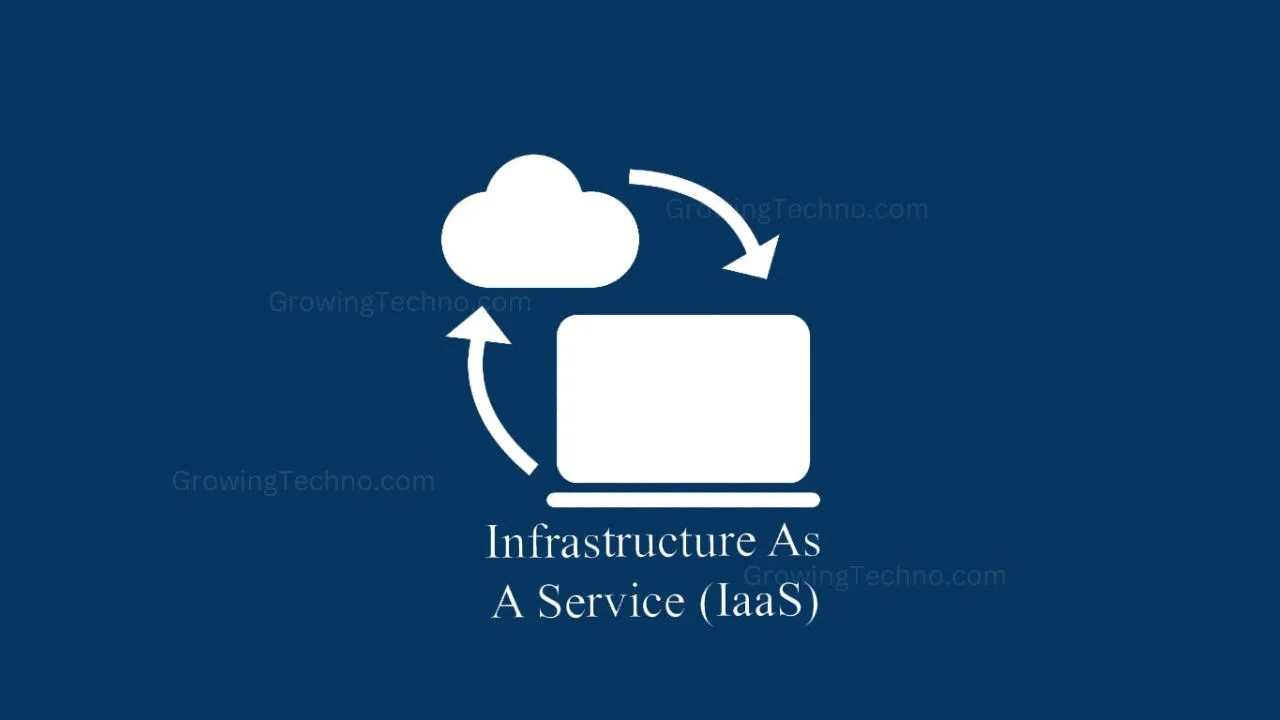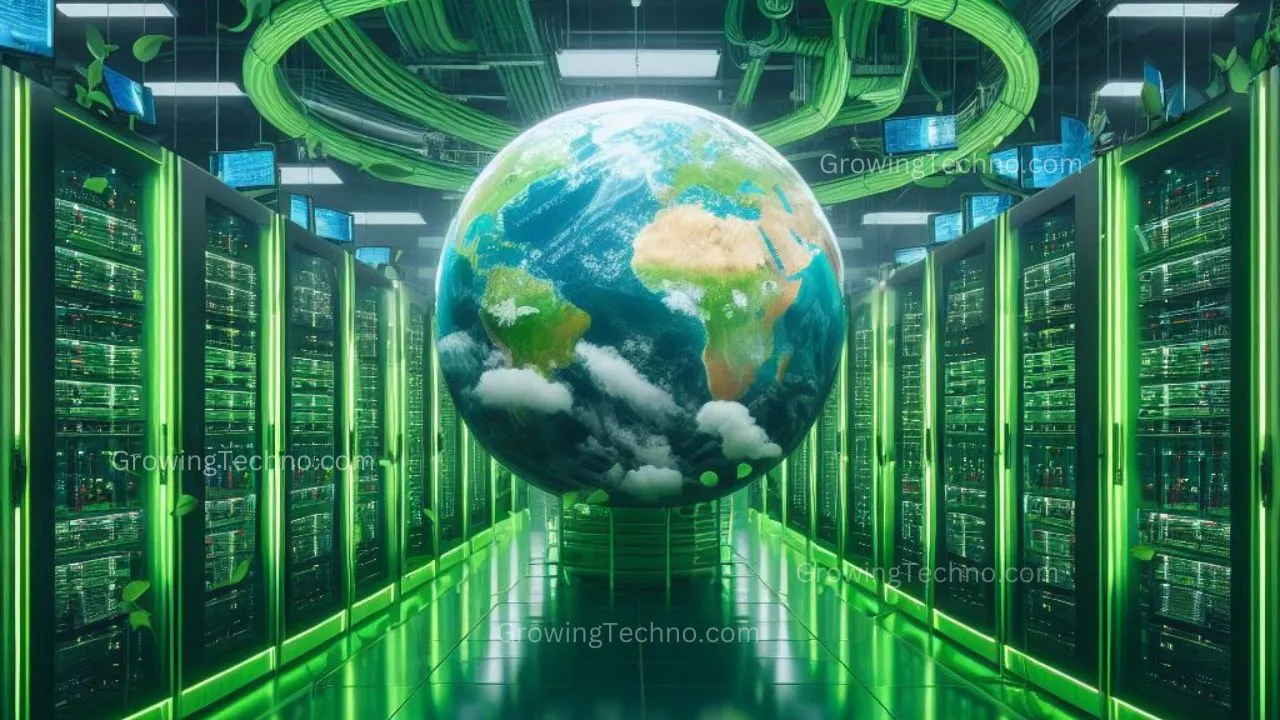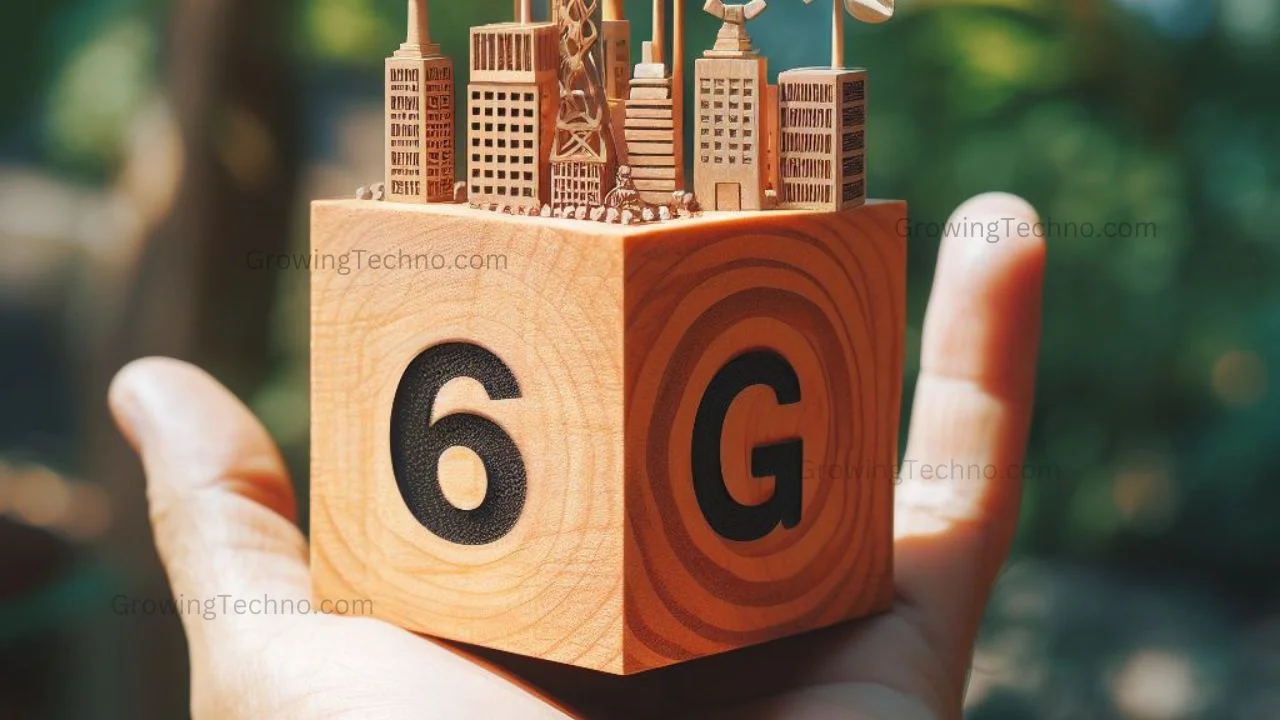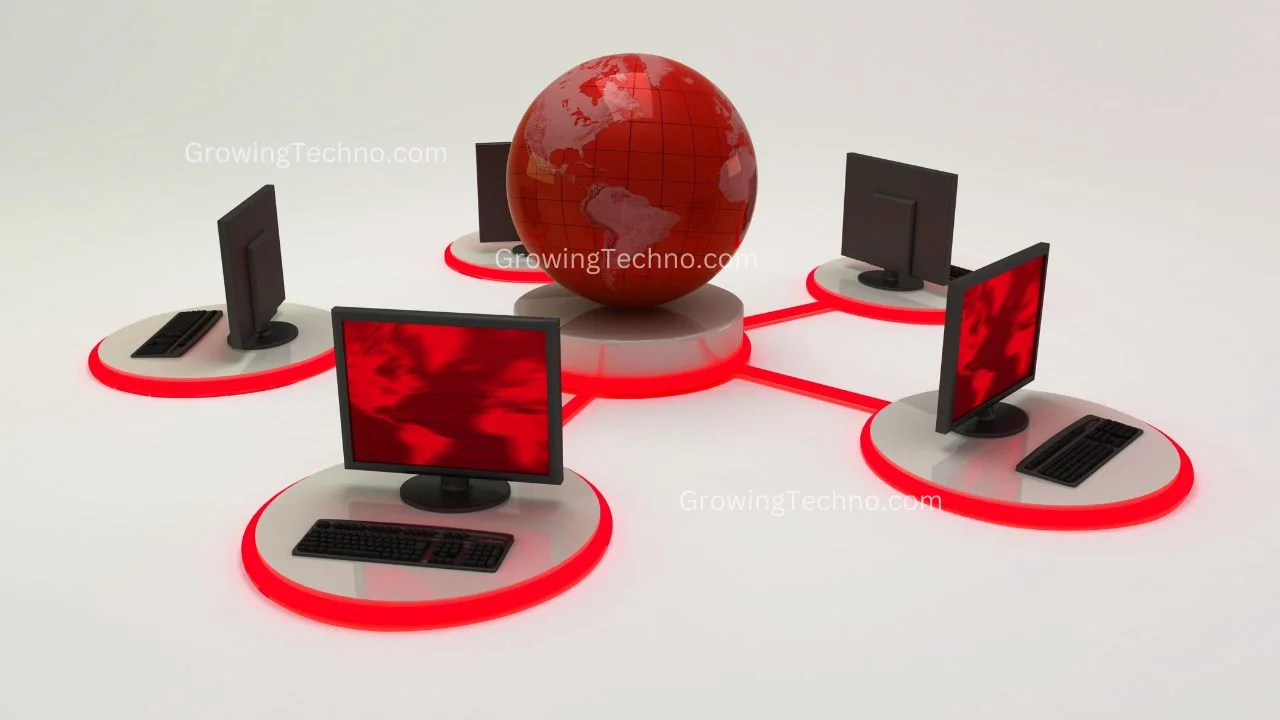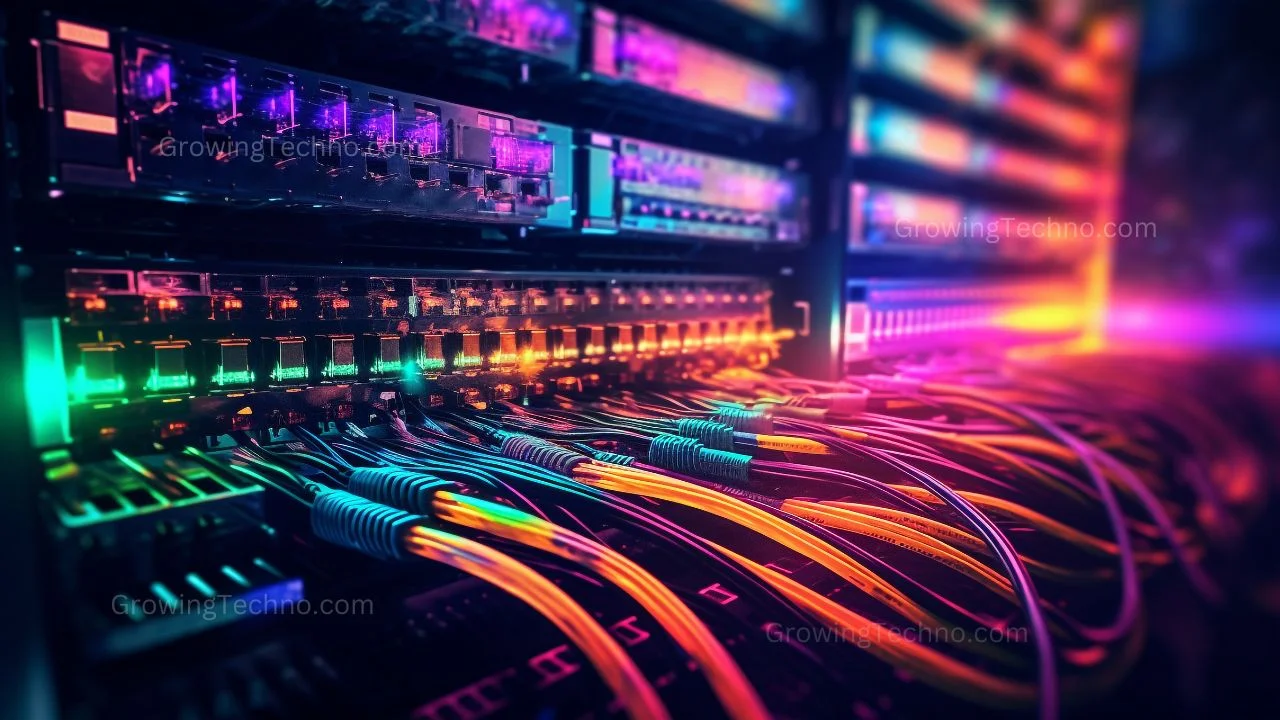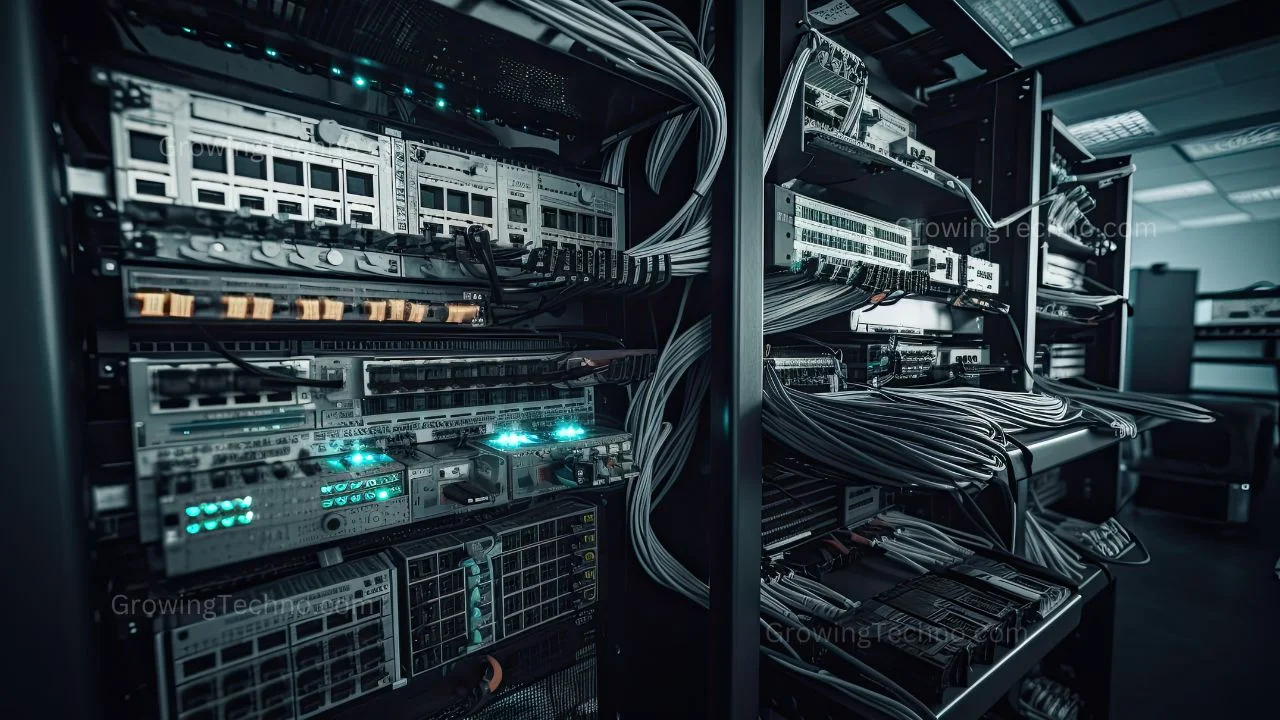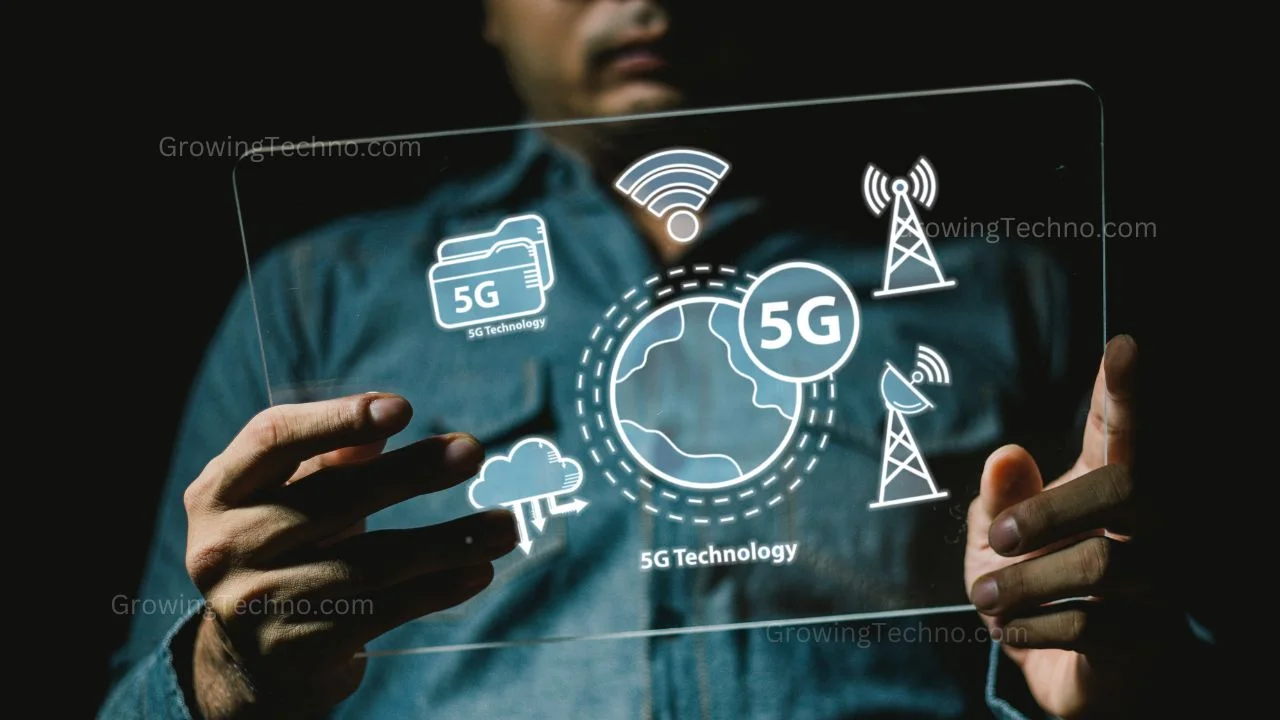
In today’s fast-paced digital age, where connectivity is the lifeblood of our daily lives, 5G technology is emerging as a transformative force, reshaping the way we communicate, work, and interact with the world. More than just an upgrade from its predecessor, the technology has the potential to revolutionize connectivity and drive innovations across diverse industries.
The Unveiling of 5G
5G represents the fifth generation of wireless technology, marking a pivotal moment in the evolution of connectivity. Unlike its predecessors, 5G is not merely an incremental improvement; it signifies a revolutionary shift in the world of telecommunications.
This groundbreaking technology promises a multitude of enhancements that are poised to redefine how we connect and interact with the digital world. 5G offers the potential for significantly faster speeds, lower latency, and an unprecedented increase in network capacity. These advancements are set to unlock a myriad of opportunities across various sectors, from enabling innovative applications to transforming industries and improving daily life.
The introduction of 5G is a significant milestone in the ongoing quest for more robust and efficient wireless communication systems, and it heralds a new era of connectivity that will profoundly impact our digital experiences.
.
Lightning-fast Speeds and Reduced Latency
5G technology introduces impressive speed and reduced latency, making it one of its most remarkable features. Download speeds potentially reaching 10 gigabits per second (Gbps) mean that users can download massive files, such as an entire HD movie, in just a matter of seconds. This remarkable speed revolutionizes the way we access and consume digital content, making downloads almost instantaneous.
Moreover, 5G significantly reduces latency, which refers to the delay in data transmission. In this context, low latency means data travels from one point to another almost instantly. This low latency is a game-changer, particularly for applications requiring real-time responses. For example, in online gaming, it means that actions taken by players are reflected in the game world with minimal delay, enhancing the gaming experience. In the context of autonomous vehicles, low latency allows for split-second decision-making and communication between vehicles and traffic infrastructure, which is crucial for safety.
The Internet of Things (IoT) Redefined
5G serves as the robust backbone of the Internet of Things (IoT), a network of interconnected devices that communicate and share data with each other over the Internet. What sets 5G apart is its ability to support a massive number of devices simultaneously. This capacity unlocks a new realm of possibilities for IoT applications across various sectors.
For instance, in smart cities, 5G can enable interconnected systems for intelligent traffic management, efficient energy usage, and enhanced public safety. In industrial automation, it allows for real-time monitoring and control of manufacturing processes, leading to increased efficiency and productivity. In healthcare, 5G facilitates connected medical devices and remote monitoring, improving patient care and outcomes.
5G’s robust connectivity has the potential to drive innovation and efficiency in IoT applications, transforming industries and improving daily life.
Telemedicine: A Healthcare Revolution
The implications of 5G in healthcare are profound. Telemedicine, the practice of providing medical care remotely, is gaining significant traction thanks to the high-speed, low-latency capabilities of 5G. Doctors can perform surgeries with remote robotic assistance, allowing for precise procedures even when the surgeon is located miles away. Patients in remote or underserved areas can access expert healthcare services like never before, bridging geographical healthcare gaps.
Smart Cities for a Sustainable Future
5G technology is instrumental in the development of smart cities. Its ability to connect countless sensors and devices in real time enables cities to optimize traffic flow, reduce energy consumption, and enhance public safety. Smart city initiatives, which seemed futuristic before, are becoming a reality with 5G as their core infrastructure. This transformation is poised to make urban living more efficient, sustainable, and livable.

Revolutionizing Education
Education is another field benefiting significantly from 5G’s capabilities. It enables immersive virtual classrooms, remote learning with real-time interactions, and access to educational resources from anywhere. This democratization of education is leveling the playing field and expanding educational opportunities globally, ensuring that quality education is accessible to all, regardless of geographical location.
Entertainment: From Streaming to AR/VR
5G is transforming the entertainment industry in multiple ways. Streaming services can deliver higher-quality content with virtually no buffering, providing viewers with an enhanced experience. Augmented Reality (AR) and Virtual Reality (VR) experiences are becoming more immersive and accessible, offering entirely new dimensions of entertainment. Whether it’s immersive gaming, interactive storytelling, or virtual tourism, 5G is pushing the boundaries of what’s possible in the realm of entertainment.
Autonomous Vehicles: Safer Roads Ahead
The development of autonomous vehicles relies heavily on 5G technology. With its low latency and high reliability, 5G enables vehicles to communicate with each other and with infrastructure in real time. This communication promises safer and more efficient transportation systems. Autonomous vehicles can exchange vital information, such as traffic conditions and potential hazards, to make split-second decisions, ultimately reducing accidents and congestion on the roads. 5G plays a pivotal role in ushering in the era of self-driving cars and creating safer roads for everyone
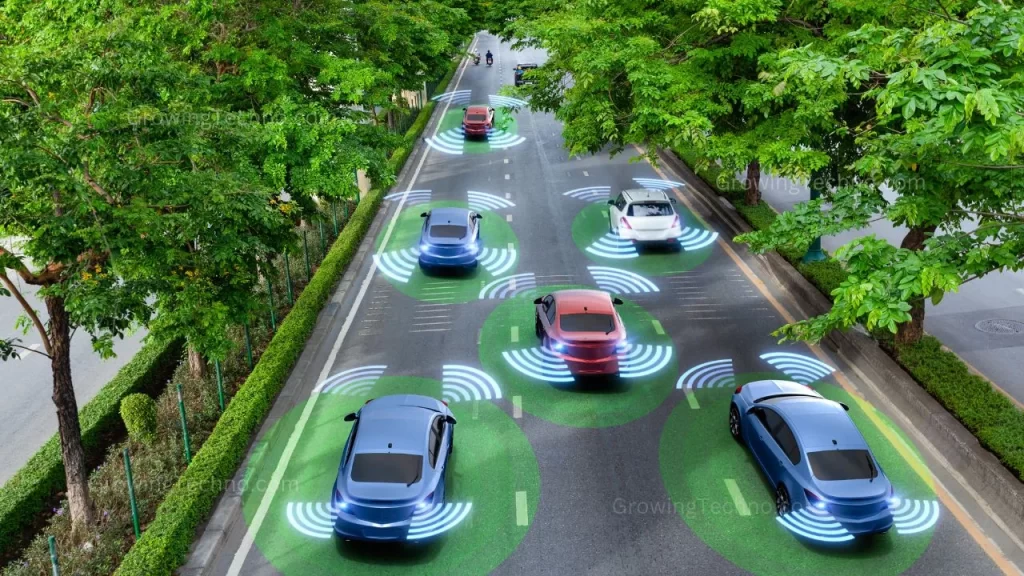
Security Concerns and Privacy
5G technology promises a plethora of groundbreaking benefits, from ultra-fast speeds to enabling an interconnected world of devices and applications. However, this remarkable advancement in connectivity also brings forth a set of complex challenges, particularly in the realms of security and privacy.
1. Cybersecurity in the Age of 5G:
As 5G networks become more pervasive, the surface area for potential cyberattacks expands significantly. The increasing interconnectivity of devices and systems means there are more entry points for cybercriminals to exploit. Cybersecurity becomes paramount to safeguard against threats such as data breaches, ransomware attacks, and malicious hacking attempts. Businesses and individuals alike must invest in robust cybersecurity measures to protect sensitive data and ensure the integrity of their digital assets.
2. Privacy Concerns:
With the proliferation of 5G-connected devices, there is a growing concern about data privacy. These devices often collect vast amounts of personal information, and there is a need for stringent data protection measures. Users may be concerned about how their data is collected, stored, and used by service providers and device manufacturers. Ensuring transparency in data practices and compliance with data privacy regulations becomes essential to building and maintaining trust among users.
3. Data Encryption:
The transmission of data over 5G networks requires robust encryption mechanisms to prevent eavesdropping and data interception. Ensuring that data is encrypted end-to-end helps protect sensitive information as it traverses the network. Implementing encryption standards and keeping them up-to-date is crucial in mitigating security risks.
4. Device Security:
The security of 5G-connected devices, often part of the Internet of Things (IoT), is a significant concern. Many IoT devices have historically been vulnerable to cyberattacks due to inadequate security measures. Strengthening device security through firmware updates, authentication protocols, and access controls is vital to prevent unauthorized access and exploitation.
5. Regulatory Compliance:
Governments and regulatory bodies are taking a keen interest in the security and privacy implications of 5G technology. They are enacting laws and regulations to protect user data and ensure the resilience of critical infrastructure. Organizations must stay compliant with these regulations to avoid legal consequences and maintain the trust of their customers and partners.
.
Conclusion: A New Era of Connectivity
In conclusion, 5G technology is ushering in a new era of connectivity, with implications that span across industries and touch every aspect of our lives. Its lightning-fast speeds, low latency, and capacity to support the IoT are reshaping how we work, learn, entertain ourselves, and even receive healthcare. As 5G continues to roll out worldwide, we are on the brink of a truly connected and innovative future.
Found this helpful? Share the wisdom!


